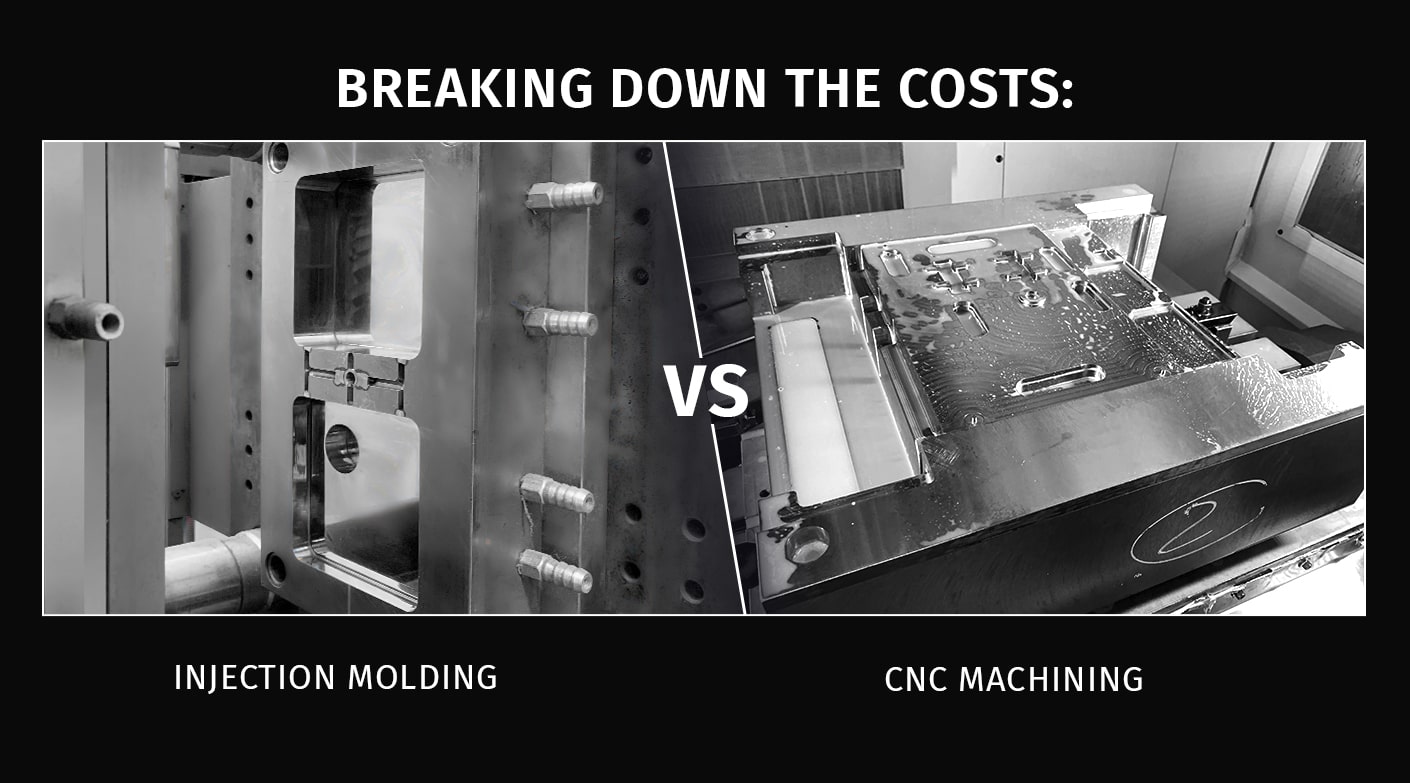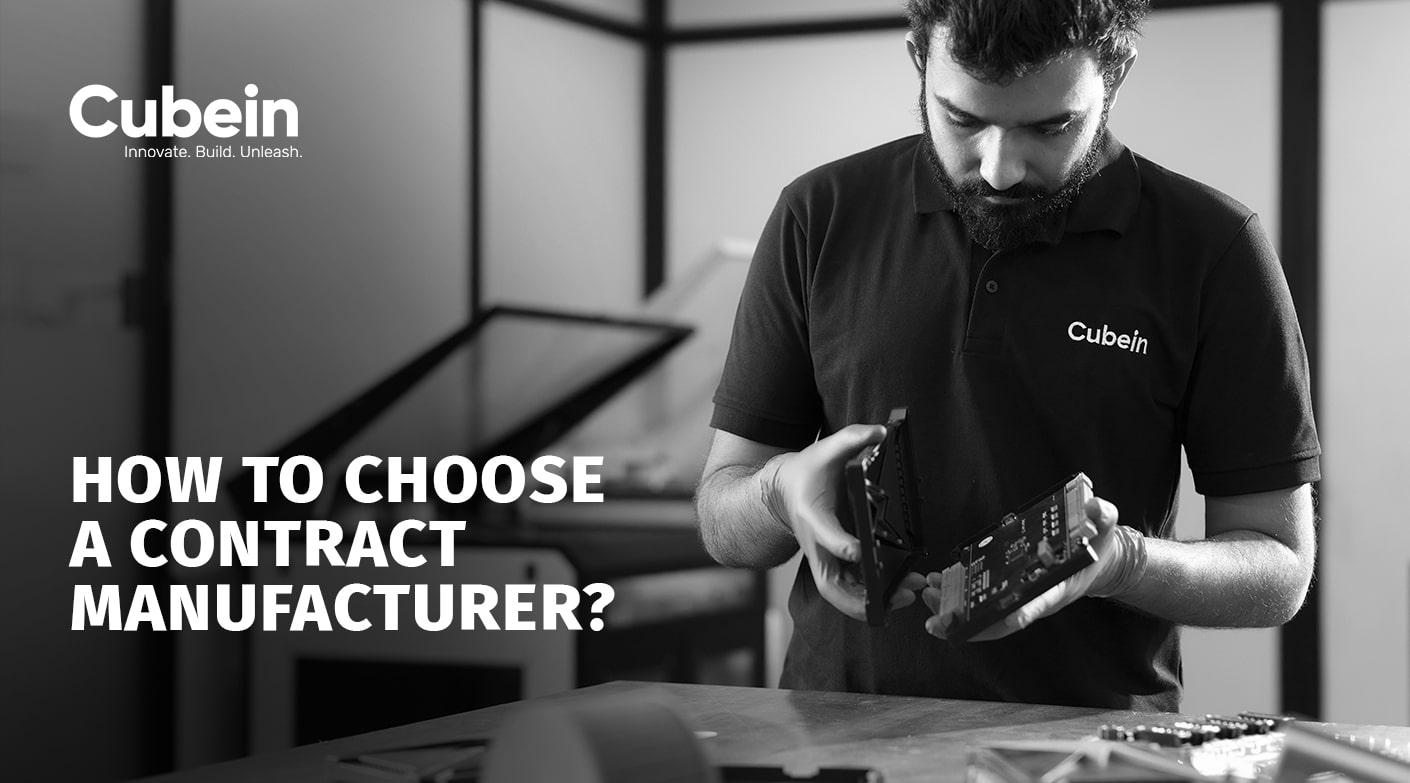In today’s rapidly evolving technological landscape, industrial design plays a pivotal role in shaping the products we use daily. From the sleek lines of your smartphone to the ergonomic curves of your favorite chair, industrial design influences both form and function. But what exactly is industrial design, and why is it so crucial in the modern era?
Industrial design stands at the crossroads of creativity and functionality, shaping the products we interact with daily. It’s the art of merging aesthetics with practicality, seamlessly blending form and function.
In this blog, we delve into the essence of industrial design, its intricate process, the myriad benefits it offers, disadvantages & challenges, and its pivotal role in industries like 3D printing.
Introduction:
Industrial design is the art of creating products that are not only aesthetically pleasing but also functional, ergonomic, and marketable. It involves a careful balance of creativity, technical expertise, and user-centric principles. Industrial designers work across various industries, collaborating with engineers, marketers, and manufacturers to bring innovative products to life.
But industrial design is more than just making things look pretty. It’s about problem-solving and innovation. It’s about understanding the needs and desires of users and finding creative solutions to meet those needs. Whether it’s designing a more efficient kitchen appliance or a more comfortable pair of shoes, industrial designers are constantly pushing the boundaries of what’s possible.
The Process:
At its core, industrial design involves conceptualizing and creating products that enhance user experience and solve real-world problems. The process typically begins with extensive research to understand user needs and market trends. Sketching and prototyping follow, allowing designers to visualize concepts and iterate on designs before moving to the production stage. Throughout this process, collaboration between designers, engineers, and manufacturers is crucial to ensure feasibility and efficiency.
Benefits and Advantages of Industrial Design:
Industrial design offers numerous benefits to both manufacturers and consumers. By focusing on user experience and usability, well-designed products can enhance customer satisfaction and loyalty. Aesthetically pleasing designs also have a higher perceived value, allowing companies to command premium prices in the market. Additionally, industrial design can streamline the manufacturing process, leading to cost savings and increased efficiency.
One of the key principles of industrial design is user-centered design. This means putting the needs of the end-user at the forefront of the design process. Industrial designers conduct extensive research to understand the preferences, habits, and pain points of their target audience. They then use this information to inform every aspect of the design, from the shape and size of the product to the materials used and the user interface.
Another important aspect of industrial design is sustainability. In today’s world, where environmental concerns are at the forefront of public consciousness, industrial designers have a responsibility to create products that are not only functional and aesthetically pleasing but also environmentally friendly. This means using recyclable materials, designing for longevity and durability, and minimizing waste throughout the manufacturing process.
Disadvantages and Challenges:
While industrial design offers many advantages, it also presents certain challenges. Designing innovative products that stand out in a crowded market can be a daunting task. Moreover, balancing form and function without compromising on either aspect requires careful consideration and expertise. Additionally, the iterative nature of the design process can lead to delays and increased development costs.
Overview:
The field of industrial design is constantly evolving, driven by advances in technology and changes in consumer behavior. Today, industrial designers are at the forefront of innovations such as 3D printing, virtual reality, and smart technology. They are reimagining the way we interact with the world around us, from the way we work and play to the way we communicate and connect.
But perhaps the most exciting thing about industrial design is its potential to make a positive impact on people’s lives. Whether it’s designing medical devices that save lives, creating products that make everyday tasks easier and more convenient, or simply bringing a smile to someone’s face with a beautifully designed object, industrial designers have the power to shape the world in meaningful ways.
As we navigate an increasingly competitive and dynamic market landscape, the importance of industrial design cannot be overstated. It not only shapes the products we use but also influences our daily lives in profound ways. From enhancing usability to fostering innovation, industrial design is the cornerstone of successful product development. Embracing its principles and leveraging technologies like 3D printing will undoubtedly pave the way for a future defined by ingenuity and excellence in design.
Industrial Design For 3d Printing plays a crucial role in enabling rapid prototyping and advanced manufacturing processes. With 3D printing services in Ahmedabad and other major cities, industrial designers can harness the power of additive manufacturing to create intricate prototypes and custom parts with unprecedented speed and precision.
In conclusion, industrial design is a fascinating and multifaceted field that combines art, science, and innovation. It’s about more than just making things look good – it’s about creating products that enhance the way we live, work, and play. As technology continues to advance and our understanding of user needs deepens, the possibilities for industrial design are endless. So the next time you pick up your favorite gadget or sit in your favorite chair, take a moment to appreciate the thought and creativity that went into its design – and the impact it has on your life.
If you are looking for an advanced Indian Original Design Manufacturer in India, Cubein stands out as one of the best Advanced ODM service providers.














